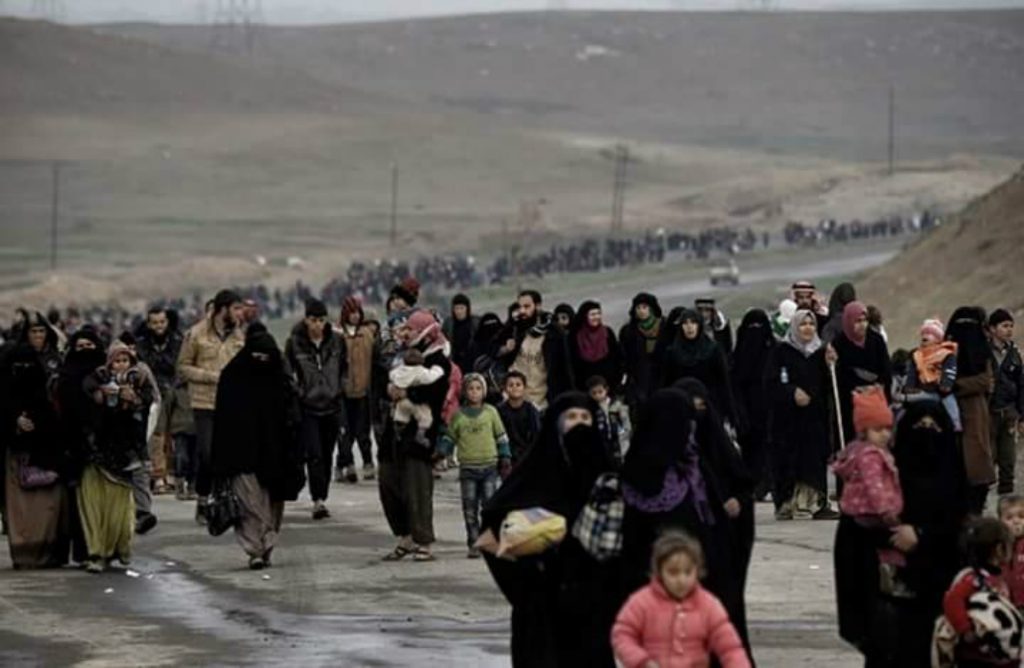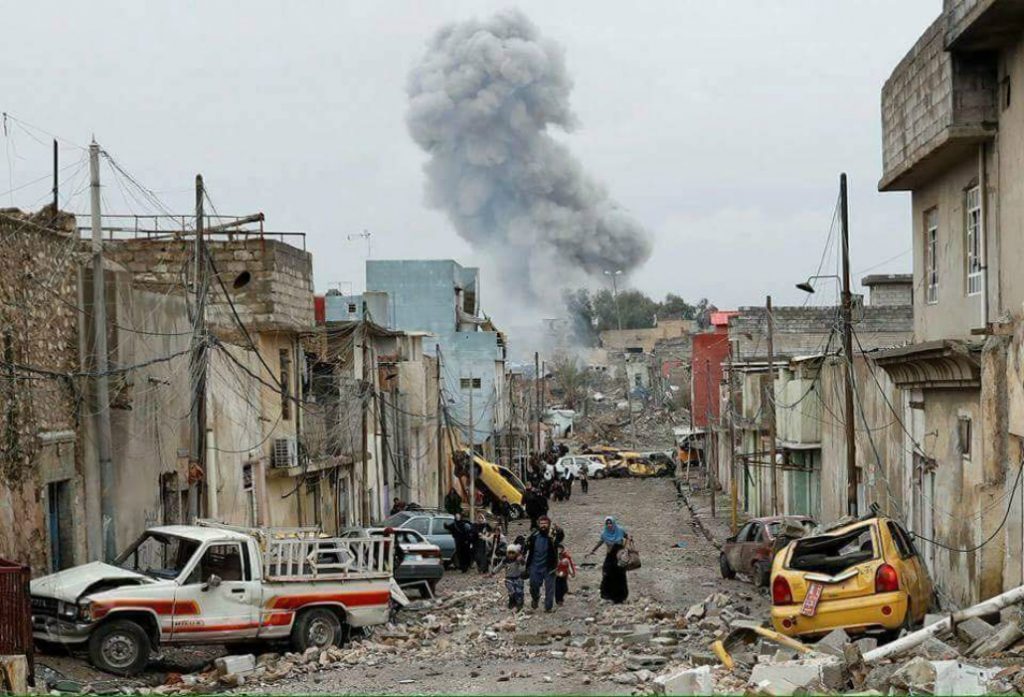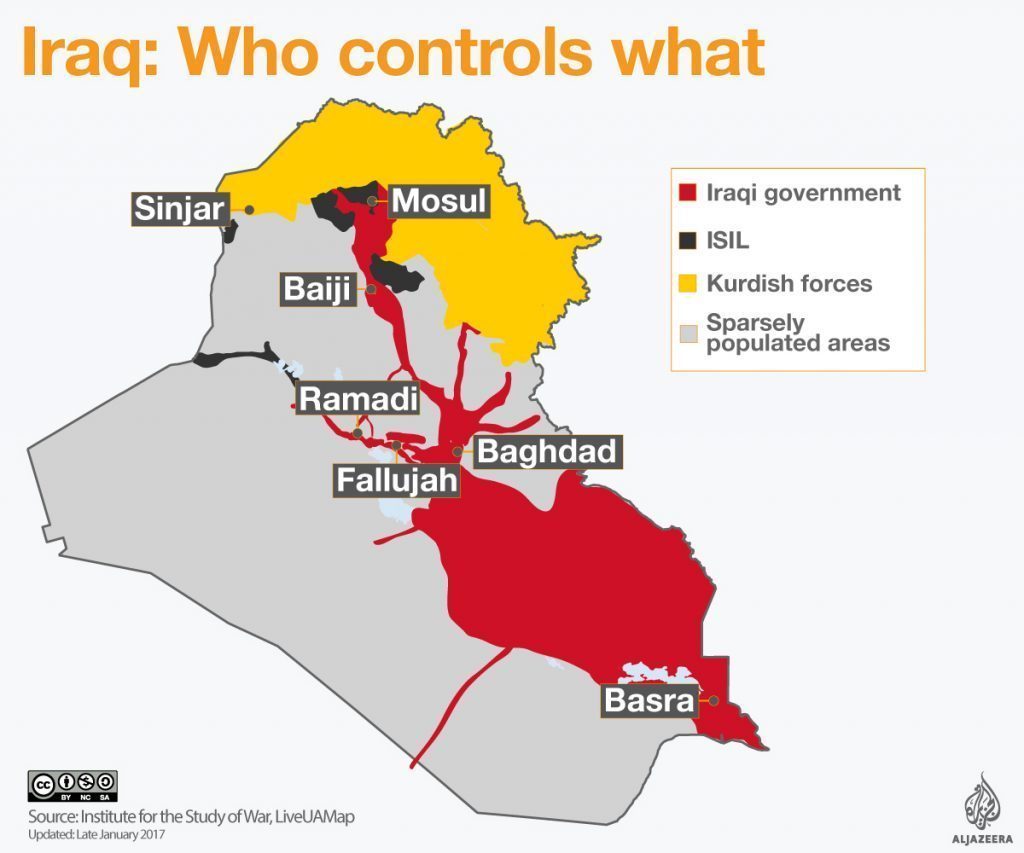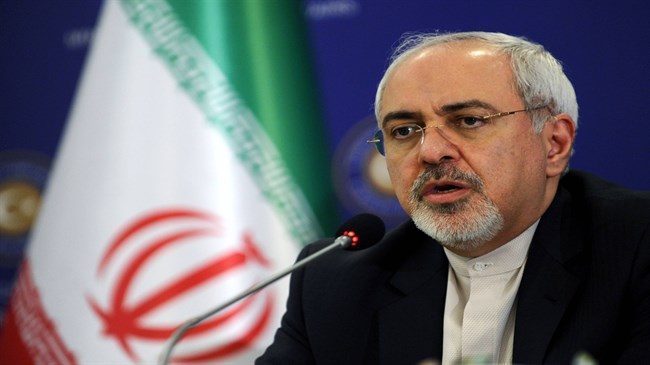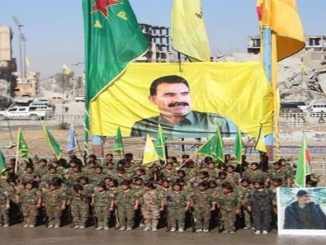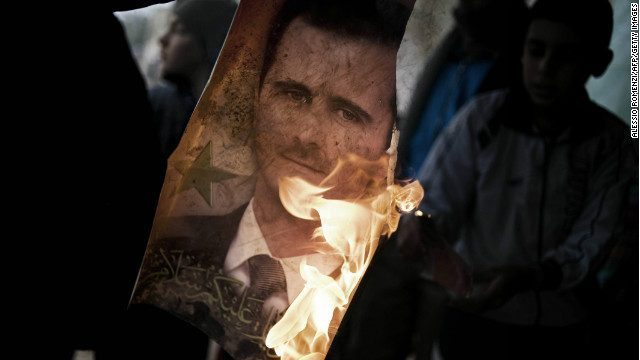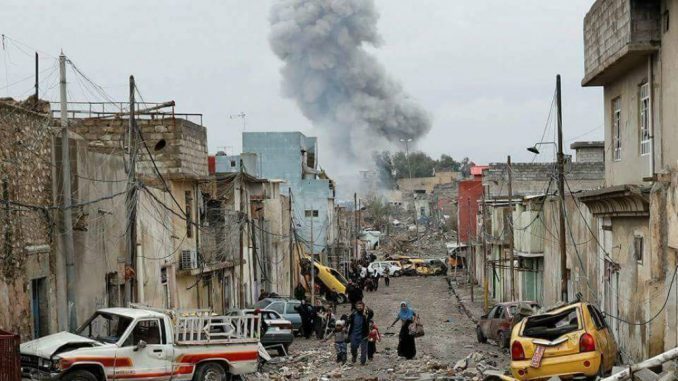
U.S.-backed Iraqi forces captured the second of Mosul’s five bridges on Monday, in a new advancement in the military operation to retrieve the city from ISIS’ control.
The United States is providing air and ground support to Iraqi and Kurdish forces trying to dislodge the hardline group from Mosul, captured in 2014.
Iraqi forces captured the eastern side of Mosul in January after 100 days of fighting and launched their attack on the districts that lie west of the Tigris river on Feb. 19.
Islamic State militants who retreated across the Tigris river to western districts also regularly target civilian areas under government control in the east with mortars and grenades dropped from drones.
Several thousand militants, including many who traveled from Western countries to join up, are believed to be in Mosul among a remaining civilian population estimated at the start of the offensive at 750,000.
They are using mortars, sniper fire, booby traps and suicide car bombs to fight the offensive carried out by a 100,000-strong force made up of Iraqi armed forces, regional Kurdish peshmerga fighters and Iranian-trained Shi’ite paramilitary groups.
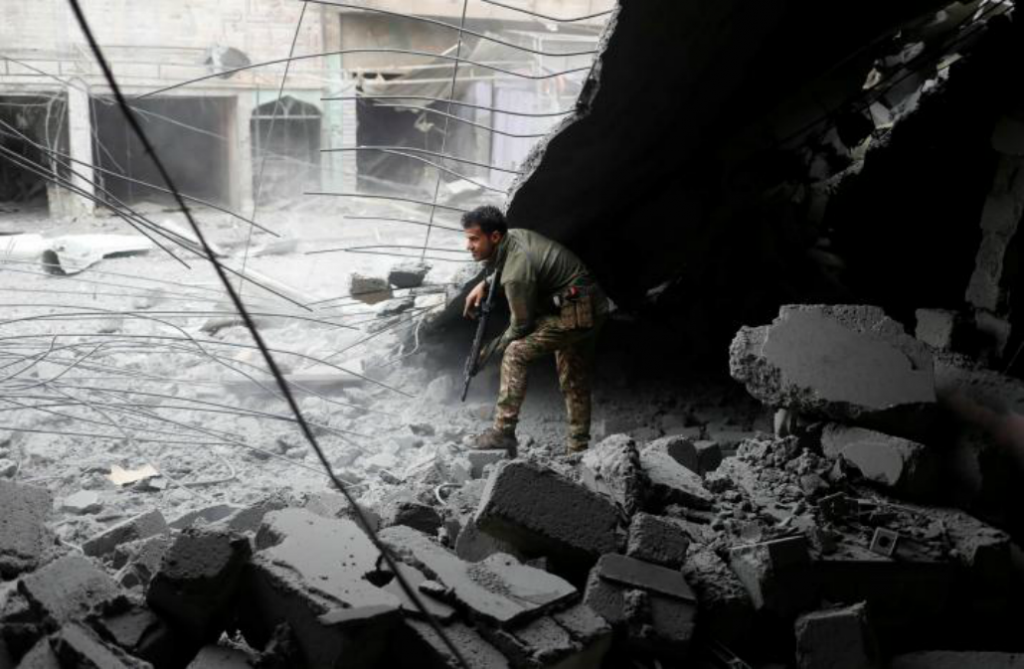
Second bridge retrieved
All of Mosul’s five bridges have been destroyed but the capture of the remaining parts on the West bank of the Tigris facilitates the movement of forces progressing up the river that cuts Mosul in two.
The bridge seized, al-Hurriya, is the second after one located further south. Its capture shields the back of the forces advancing toward a nearby complex of government buildings.
“We control the western end of the bridge,” said a media officer with Rapid Response, the elite unit of the Interior Ministry leading the charge toward the complex.
On Sunday, Iraqi forces launched the new push towards the city’s old centre, from the western side of the Tigris.
Rapid Response and Federal Police units on Monday took the court of justice and Nineveh police directorate buildings, neither of which were used by Islamic State.
“In the coming hours our forces will raise the Iraqi flag over the governorate building,” Federal Police Brigadier General Shaalan Ali Saleh told Reuters.
Recapturing the area would help Iraqi forces attack the militants in the old city and mark a symbolic step toward restoring state authority over Mosul, even though the buildings are destroyed and not being used by Islamic State.
The catastrophe of Mosul
Residents of the western part of Mosul have launched a campaign using hashtag #MosulCatastrophe in order to attract the attention of the Iraqi government and global community to the horrific humanitarian situation in the city.
The activists uploaded a letter with an appeal to the Prime Minister of Iraq, Haider al-Abadi, and to the rest of the world, on their social media page called “Mosul Eye”.
This letter is an appeal to save the remaining residents of the western part of Mosul by providing medical aid, food and water to the suffering people.
The individuals behind this campaign are requesting the world to act fast and take urgent measures to free the city from the clutches of Daesh terrorists. The campaigners also appealed for the establishment of a provisional military government and to recognize the disastrous situation in the city.
“The situation in the city has reached a point where people are forced to eat garbage and waste because there is simply no normal food left. On Friday, three pregnant women died, 18 children died due to lack of water and nutrition. Dozens of civilians perished from shelling and clashes,” a paragraph from the letter reads.
46.000 civilians displaced
More than 46.000 civilians have been forced from their homes in western Mosul in the latest phase of the battle that began on Feb. 19, while the total number displaced since the offensive for Mosul started in October exceeds 191,000, according to the United Nations.
Iraq’s interior ministry said on Friday that 14,000 people fled the northern Iraqi city on Thursday alone, the largest wave of internally displaced people (IDPs) since the battle started.
Overall, the total number displaced since the battle for Mosul started in October exceeds 176,000, according to the UN.
The announcement followed a previous statement by the United Nations warning that around 4,000 civilians were fleeing the city, ISIL’s last major urban stronghold in Iraq, each day.
IDPs in a refugee camp in Khazer, east of Mosul, cited the “intensity of coalition air strikes” as one of the main reasons for leaving their homes.
“People in the camp who just arrived explained how terrifying the situation was on those front lines,” a journalist said.
“It’s a desperate situation for these people; they are being moved across the country to different areas to be housed.
“Aid agencies are warning that they expect the numbers to rise, particularly because west Mosul is densely populated and the fighting has not even reached those areas.”
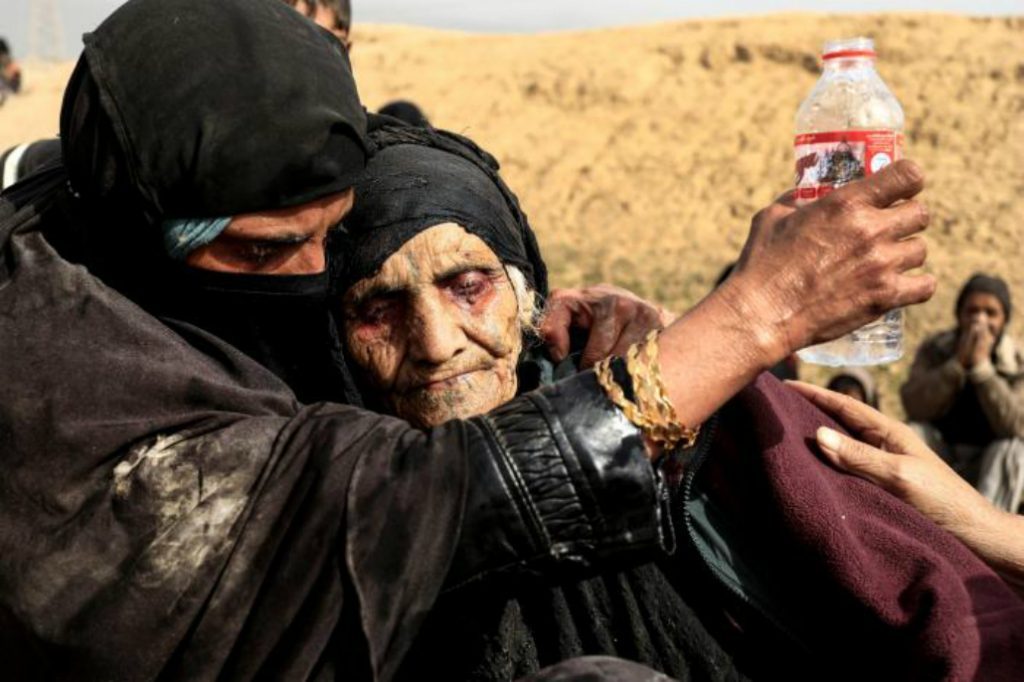
No secure humanitarian corridors
Even when they are fleeing, death keeps hunting the Iraqi civilians as there are no safe humanitarian corridors out of the city and ISIS militants were shooting any one who tries to leave.
“There is no secure humanitarian corridor to get out of the neighborhoods that have been cleared, but even then there is still crossfire,” she said.
“They [civilians] are having to make their way over barren land … just southwest of Mosul. We have seen people walking across land; people in wheelchairs, women with children exhausted and terrified, also leaving relatives behind because they are not sure if the route is secure.”
Some of the displaced were moving from areas already under Iraqi military control, afraid of the ongoing fighting and eager to move to safety.
Others escaped across the frontline, waiting until they saw Iraqi forces in the distance and running towards them with white flags.
Along the way, they faced horrifying scenes.
“There were bodies in the street as we walked, children, pieces of bodies,” Safana, 23, told the AFP news agency, as she waited in a food distribution queue in the Hamam al-Alil camp.

